
Learn about plant medicine and whether or not it can help with respiratory diseases. Discover why you should educate yourself on this subject, how this alternative treatment works, and if it’s worth exploring as a potential therapy for your condition.
What are respiratory diseases?
Respiratory diseases are a broad category of illnesses that affect the lungs and airways. Asthma, COPD, bronchitis, emphysema and pulmonary fibrosis are all examples of respiratory diseases.

Respiratory Diseases
- Asthma is a chronic lung disease that causes inflammation and narrowing of the airways that leads to episodes of wheezing, shortness of breath, chest tightness, and coughing. These episodes, or "asthma attacks," can be triggered by things like exercise, cold air, allergies, or smoke.
- COPD is a group of lung diseases including Chronic Bronchitis and Emphysema that make it difficult to breathe. In these diseases the patient has trouble breathing due to restriction of the airway causing limited airflow or in the case of emphysema there is an abnormal permanent enlargement of air spaces in the terminal bronchioles and deterioration of the alveolar walls. It is caused by long-term exposure to irritating gases or particles such as secondhand smoke or air pollution. Unlike asthma, COPD cannot be reversed or cured.
- Pulmonary fibrosis is a condition in which the tissue in the lungs becomes thickened and scarred. This scarring makes it difficult for oxygen to pass from your lungs into your bloodstream and can eventually lead to respiratory failure if left untreated. There are two types of pulmonary fibrosis - idiopathic ( meaning there is no specific cause ) or interstitial (non idiopathic).
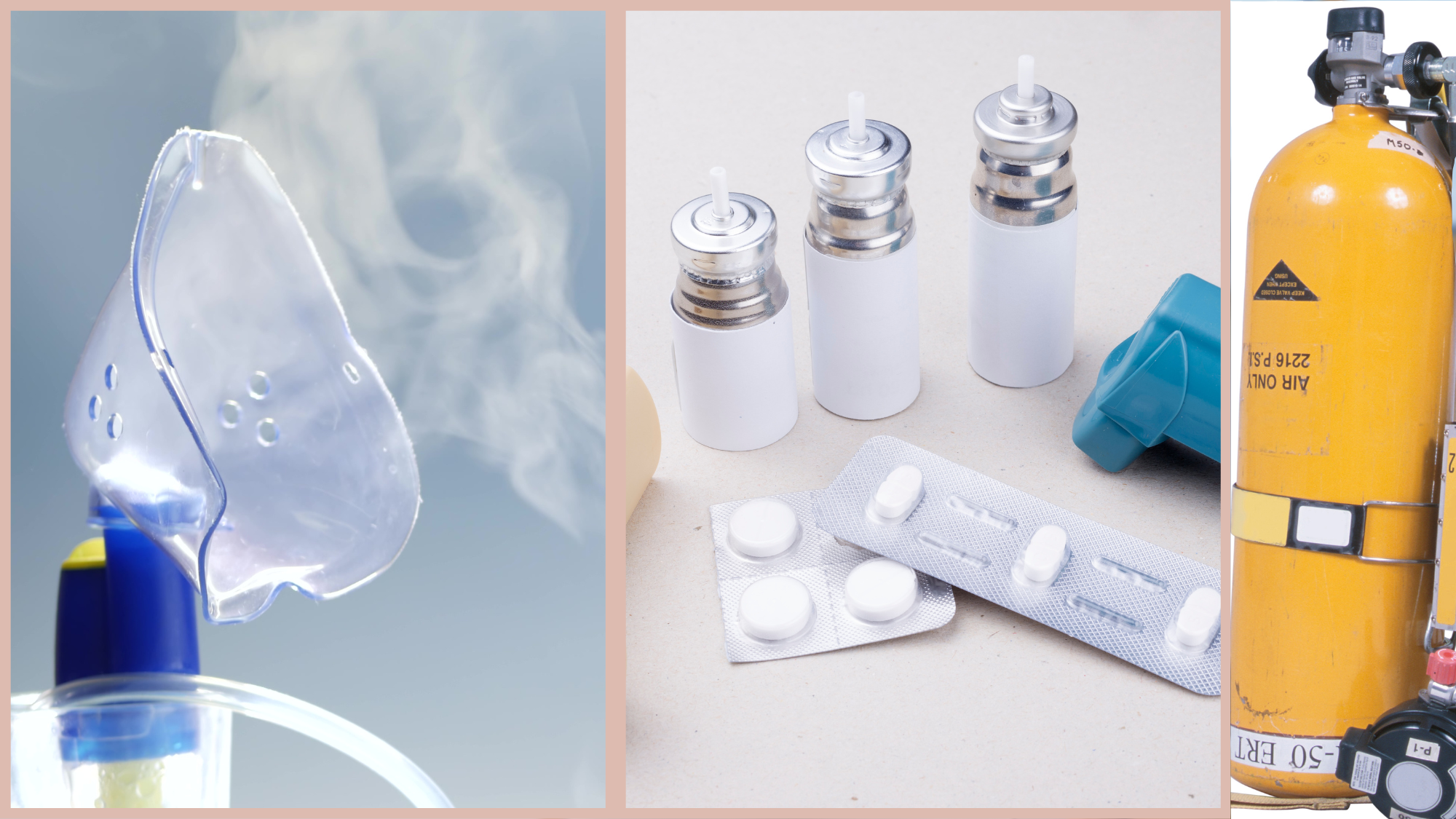
What is the Conventional Treatment for Respiratory Diseases
- Asthma: Patients with asthma usually use inhalers to manage their breathing. The goal of therapies is to prevent acute episodes, and to provide relief by making healthy lifestyle choices with prescribed inhalers.
- COPD: it is estimated that 32 million people in the US have chronic obstructive pulmonary disease, bronchitis or emphysema. Treatment approaches are similar to asthma. Most people require rescue inhalers and inhalers that control symptoms long term. There are some oral medications, ie. Steroids and indicated to help prevent acute exacerbations. Also, quitting smoking, avoid toxic fumes and other exposures and going to pulmonary rehab are several treatment approaches. Bronchitis can be acute or chronic. If chronic it means you have had a persistent cough for longer than 3 months during each of 2 years consecutively. The treatment approach is the same.
- Pulmonary Fibrosis: current treatments for pulmonary fibrosis focus on managing symptoms and slowing disease progression; however, there is no cure currently available. IPF management includes addressing underlying COPD, obstructive sleep apnea, GERD and coronary artery disease. With both diagnoses, the goal is to stop nicotine, manage underlying conditions, O2 if pulse ox room air is <88%. Pulmonary rehab will improve exercise tolerance, eliminate any toxic exposures, even medication and if infection occurs, treat promptly
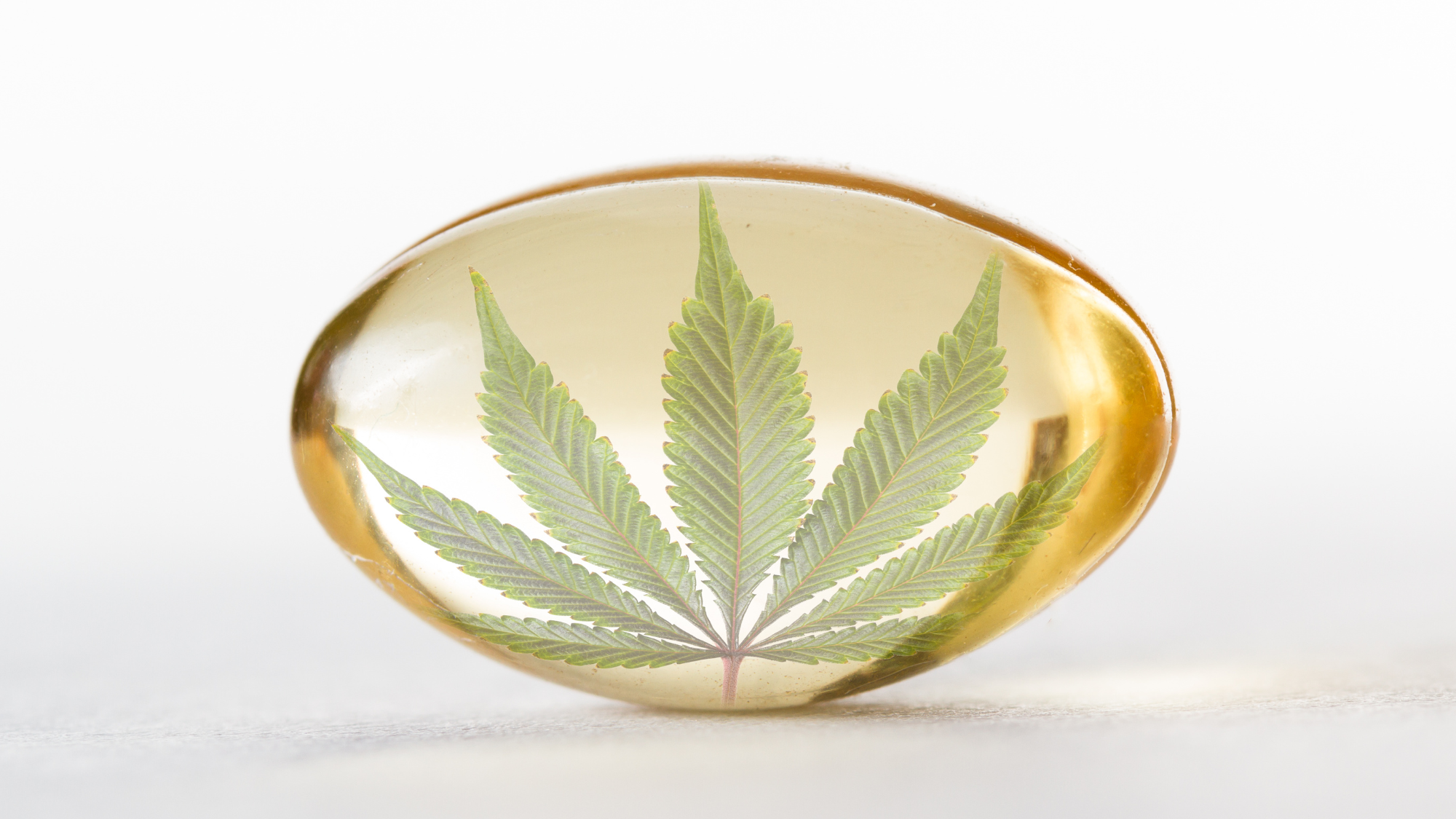
Where do Cannabinoids fit in to the management of respiratory diseases?
- Asthma - Cannabis has been used to treat asthma for centuries, dating back to at least the 18th century when it was included in the first edition of The New England Dispensatory. While the exact mechanism by which cannabis exerts its anti-asthmatic effect is not known, it is thought to work by reducing inflammation in the airways. A study published in 2009 found that THC (tetrahydrocannabinol), a major active component of cannabis, was able to significantly reduce inflammation in a rat model of asthma. CBD may also play a role in the anti-asthmatic effects of cannabis by keeping the endocannabinoid anandamide from breaking down. inhibiting the breakdown of another compound known as anandamide. Anandamide is an endogenous cannabinoid (a compound produced naturally by our bodies) that is known to have anti-inflammatory effects.
- COPD - There is some evidence to suggest that cannabis may be beneficial for people with COPD. A study published in 2012 found that smoking cannabis was associated with improved lung function in a group of 382 COPD patients. Additionally, a survey conducted in 2013 found that nearly one-third of COPD patients who used cannabis reported improved symptoms such as cough, phlegm production, wheezing, and breathlessness. It should be noted that most of this research has been conducted using self-reports rather than more objective measures such as spirometry (a test used to measure how well your lungs are functioning).
- Pulmonary Fibrosis - Research on the use of cannabis for pulmonary fibrosis is extremely limited at this time; however, one study published in 2015 did find that cannabinoids were able to significantly reduce inflammation and lung damage in a mouse model of pulmonary fibrosis . More research is needed before any firm conclusions can be made; however, these findings do suggest that cannabis may have potential as a treatment for pulmonary fibrosis.
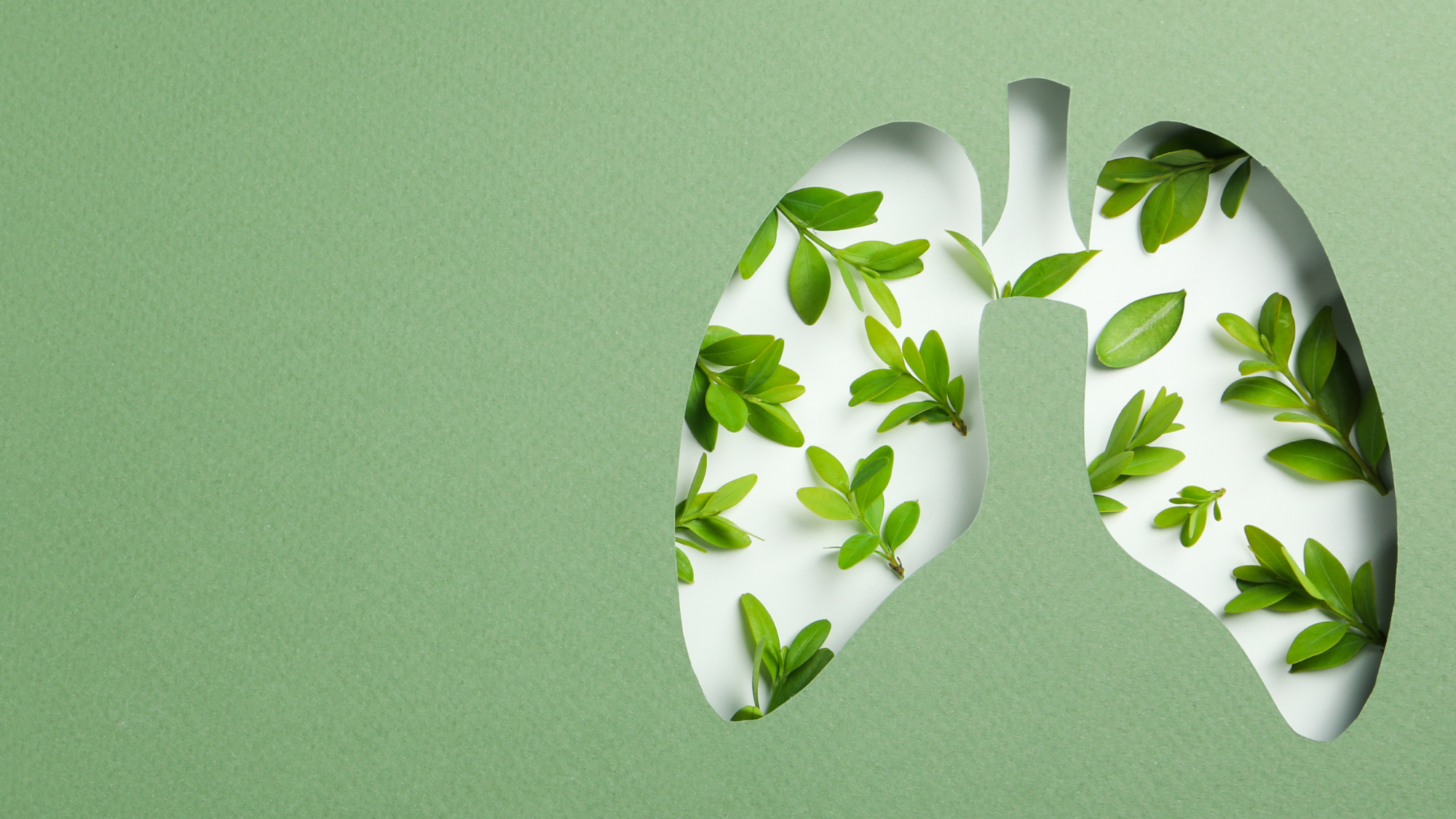
Digging a little deeper
A study in 2021 by the European Journal of Pharmacology looked at the potential of cannabinoids and how it inhibits the breakdown of the endocannabinoids in our system. They looked at phytocannabinoids (THC and CBD), endocannabinoids ( our endogenous cannabinoids that we make on our own) and synthetic cannabinoids ( artificially produced substances).
To try to keep this simple, in a nutshell, the cells and the pulmonary arteries in the lungs display both CB1 and CB2 receptors. In cases of respiratory disease, there is usually constriction of the airway and inflammation which is the nature of the disease. In this study, they measured respiratory effects after smoking marijuana and it was shown that the structures actually dilated for 15 min to 1 hour after smoking. The theory is that the CB1 receptors were activated in the airways resulting in dilation of the airway. One of the known factors of CBD and THC is that they have strong anti-inflammatory properties. With these lung conditions inflammation is a key factor that exacerbates poor respiration. In the setting of pulmonary fibrosis - cannabinoids are being considered as anti-fibrotic agents. One issue is that CBD will not result in bronchodilation.
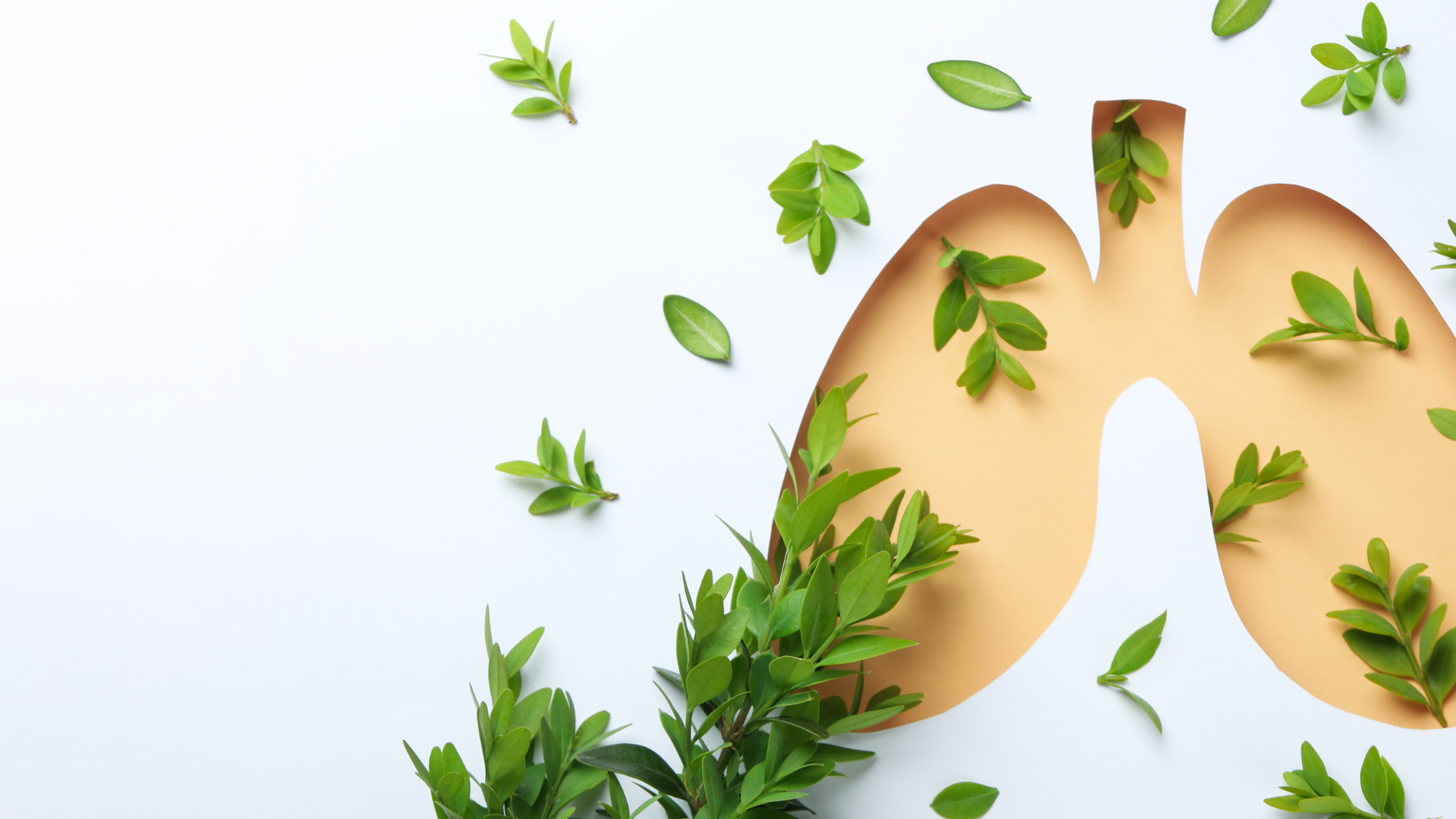
Best Way to Consume Cannabis
- smoking - this is the fastest way to achieve relief however, it is the hardest on the lungs
- vaporizing - this route is much easier on the lungs and provides rapid relief
- edibles - onset of action is from 1-2 hours and lasts 6-8 hours - a good option for bedtime
- tinctures and oils - onset is about 15-30 min and easy to take
Have I mentioned that I'm a Health and Wellness Coach with an emphasis on plant medicine including essential oils and cannabis and CBD? Trying to figure it out on your own can be overwhelming. Let me help you find a treatment plan that works for you.

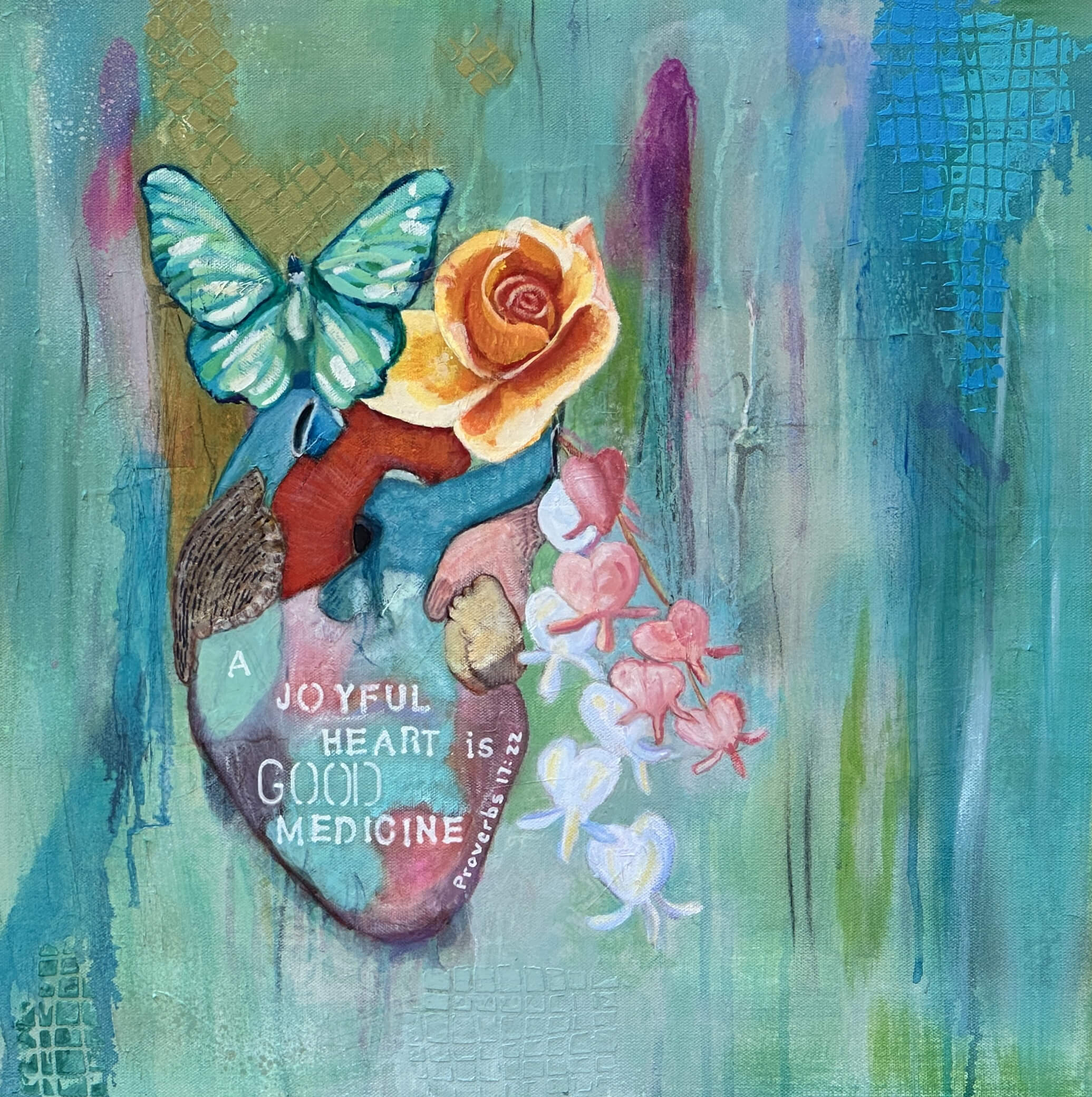





0 Comments